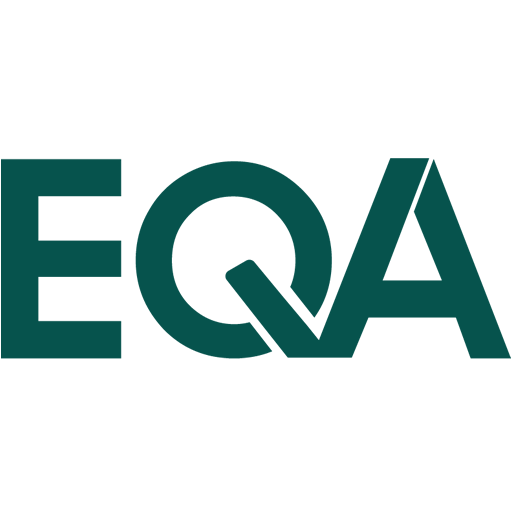
UNE 166008 – R&D&I Management System: Technology Transfer
The UNE 166008 Standard, focused on R&D&I Management by means of a Technology Transfer System, proposes to structure this process in any of its options. It establishes the requirements for the transfer of technology from R&D&I activities or necessary for their development, including the identification of the assets to be transferred, the determination of their fair value and the formalisation of the transfer.
This standard is applicable to:
- All types of organisations, regardless of type (public or private), sector or size.
- Applicable to the transfer, in any of its modalities (assignment, licence of use, consultancy, stay, etc.), of essentially intangible assets (patents, utility models, industrial designs, plans, formulas, software, know-how, prototypes, biological material, etc.) between different entities.
Benefits of UNE 166008 certification
The UNE 166008 Standard deals lightly with this important point related to R&D&I. Therefore, an in-depth study of technology transfer is extremely useful for organisations that implement an R&D&I management system.
The activity associated with technology transfer follows a growing trajectory and is clearly marked by open innovation models, both in terms of the number of transfers and their economic volume.
In addition to the quantitative increase in the number of technology transfer transactions, there has been a significant growth in the type of transaction:
− Consultancy services: advice from the research organisation to the organisation on specific technologies and issues.
− Training services: those that can be provided through staff mobility, tailor-made courses, etc.
− Research services: collaborative research, R&D contracts, patent licensing, spin-offs, etc.
For this reason, having a technology transfer management system integrated into the R&D&I management system makes this process more robust, improving the following aspects:
- Increased profitability and competitiveness.
- Greater transparency in the transfer process.
- Increased satisfaction among stakeholders.
- Greater capacity to attract partners, collaborators and funding.
- Better reputation and valuation of the organisation.
UNE 166008 Certification with EQA
The UNE 166008 certification process with EQA has the following steps:
1. Request for certification
2. Planning of the initial audit
3. Carrying out the initial audit, which consists of two phases:
Phase I goals:
- To check that the technology transfer management system is defined and implemented and has sufficient records to face Phase II with guarantees of success.
Phase II goals:
- To gather all the necessary evidence to verify the conformity and effectiveness of the technology transfer management system in accordance with the requirements of the UNE 166008 standard.
4.- If during the course of the audit, the audit team detects any non-conformity, the organisation shall draw up a corrective action plan to prevent recurrence, together with the evidence of its implementation.
5.- Review of the dossier in the Certification Committee.
6.- Issuance of the certificate for a validity of 3 years.
The maintenance of the certificate is conditional on the following process:
- Annual follow-up audit.
- Recertification audit after 3 years.
Frequently Asked Questions
Implementation of the UNE 166008 Standard
The UNE 166002 standard does not prescribe specific tools or methods for R&D&I activities, which is why it is necessary to carry out a complementary implementation for technology transfer activities, based on the UNE 166008 standard.
This UNE 166008 standard is conceived in such a way that the requirements and recommendations are generic and can be applied to any type of organisation. This process is considered as a cycle that can begin with the incorporation, by various means, of the external intangible assets necessary for the organisation, passing through the generation of new assets through R&D&I, the clear identification of these assets, their protection, the determination of their fair value and the subsequent exploitation of these assets through their transfer.
UNE 166008 Guarantees
Generally, in technology transfer agreements, both parties must be aware that they have something of value to bring to the relationship. Identifying that value and understanding each other’s needs and expectations are essential for a successful negotiation.
In many cases, transfer agreements involve medium to long term technical, commercial and personal relationships, so reaching a ‘win-win’ outcome in the negotiation is paramount for smooth functioning over time.
In the negotiation process between stakeholders, the standard provides guidance on the aspects necessary for the formalisation of the transfer in a mutually satisfactory manner.
Contents of UNE 166008
Identification of intangible assets:
- Procedure for identifying intangible assets
- Characteristics of intangible assets
- Types of protection of intangible assets
Valuation of intangible assets:
- Procedure for valuation of intangible assets
- Objectives of intangible asset valuation
- Factors influencing the valuation of intangible assets
Methods of valuation of intangible assets:
- Selection of the valuation method
- Cost-based method
- Market-based method (similar transactions)
- Income/benefit based method (economic perspective)
- Option-based method
Formalisation of the transfer of intangible assets:
- Incorporation of intangible assets
- Exploitation of intangible assets
- Negotiation
- Contracts
Contact us for more information on UNE 166008
Follow us
Tel. +34 913 078 648